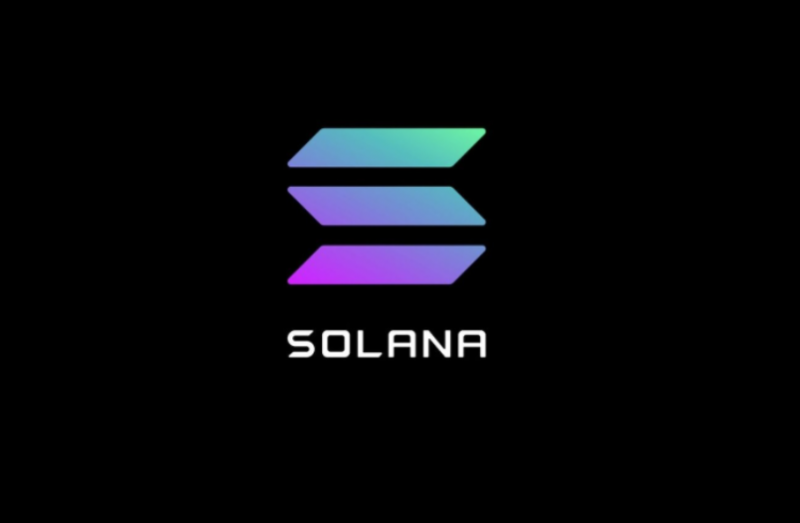The ultra-fast blockchain: after three years of development, Solana is officially launched in 2020. Developed by American engineers from large American companies such as Google, Microsoft and Apple, the Solana blockchain aims to compete directly with Ethereum by offering speed and efficiency to solve the scalability problems of current blockchains. Solana hosts decentralized finance projects (DeFi) but also auction platforms for NFT (Non fungible token), among others.
The mechanism applied is the "Proof of history" and is coupled with the "Proof-of-Stake" allowing to create an uninterrupted chain of transactions in a clear and precise order. The number of transactions carried out can reach the theoretical number of 50,000 per second against an average of 15 per second for Ethereum. Quite simply, Solana aims to become the default option for all Dapps. Three major innovations allow Solana Labs to offer a high performance technology:
Tower BFT (Byzantine Fault Tolerance): Algorithmic solution that radically reduces block validation times Gulf Stream: Protocol for routing transactions on the network. It is notably through this technology that Solana is able to process 50,000 transactions per second. Turbine: A protocol for reducing block propagation. By breaking down data into fragments before sending them, Turbine greatly improves the speed of transaction processing and solves bandwidth problems.
On the other hand, we can note the lack of transparency of information on the project roadmap. Indeed, we are at the beginning of a bubbling ecosystem and unlike other projects, it is difficult to project with Solana beyond what it does currently.
Features:
Solana has its own token: SOL. The token allows like many cryptos to pay for transactions and interactions on its blockchain.
...
 SOLANA (SOL/USD)
SOLANA (SOL/USD) 




